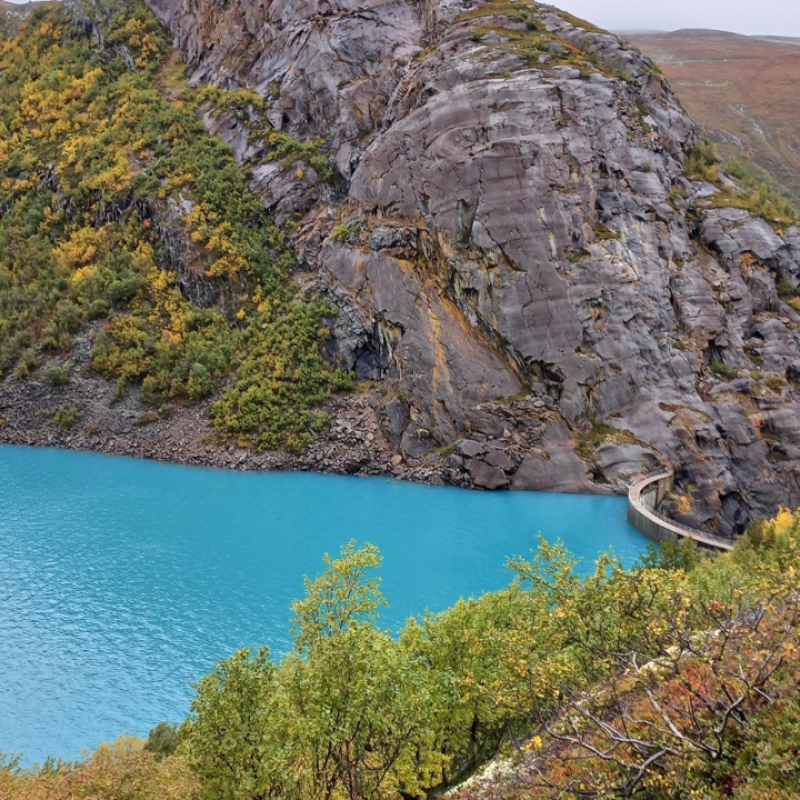Jens Kværner
Senior Research Scientist
Authors
Nils-Otto Kitterød Jens Kværner Per Aagaard Jurga Arustiene Jānis Bikše Atle Dagestad Pål Gundersen Birgitte Hansen Árni Hjartarson Enn Karro Maris Klavins Andres Marandi Rasa Radiene Inga Retike Pekka M. Rossi Lærke ThorlingAbstract
No abstract has been registered
Abstract
Data compilation of groundwater chemistry and freshwater abstraction documents the importance of groundwater as an economical resource in the Nordic Region. Management of groundwater require chemical monitoring to minimize risks for contamination, and mitigation is needed to identify anthropogenic and geogenic hazards related to groundwater quality (Kitterød et al, 2022). The interaction between groundwater and surface water is crucial for important ecological systems in the Nordic Region, and the impacts of climate change is a big challenge for hydrological and environmental research. The increased net global energy influx has impact on average temperature, seasonality, precipitation, and runoff, but issues related to water quality and groundwater have received less attention. The interaction between surface water and groundwater chemistry is embraced in the term hydrogeochemistry. In this context the geological framework plays a cardinal role in combination with residence time of water in the subsurface. Extensive sampling of hydrogeochemical variables have been undertaken in the Nordic Region and results are made available in public databases. Such data deserve more attention from the research community, and a pertinent challenge is to include geochemical variables in water balance studies and regional hydrological modeling. Reference: Kitterød, N-O, Kværner, J., Aagaard, P, Arustienė, J, de Beer, H, Bikše, J, Dagestad, A, Gundersen, P, Hansen, B, Hjartarson, Á, Karro, E, Klavins, M, Marandi, A, Putys, P, Radienė, R, Retiķe, I, Rossi, P M, and Thorling, L: Hydrogeology and Groundwater Quality in the Nordic Region. Submitted to Hydrology Research, 2022. Keywords: Hydrogeochemsitry; groundwater quality; surface water quality.
Abstract
No abstract has been registered

